The Glory Days
Pacific Place Mall opened its doors on October 29, 1998, quickly becoming a cornerstone of downtown Seattle‘s retail landscape. With its upscale shops, an 11-screen AMC Theatre, and a skybridge to Seattle’s Nordstrom flagship, it was more than just a shopping destination; it was an experience. The mall was designed to be a haven for locals and tourists, offering a blend of fashion, entertainment, and dining options.
During the holiday season, the mall transformed into a winter wonderland with an artificial snow display that filled the atrium every night at 6 pm. This feature became a holiday tradition for many Seattle families, adding a touch of magic to the shopping experience. The mall was not just a place to buy things; it was a place to make memories, a social hub that brought people together.
However, even in its heyday, Pacific Place had its challenges. The mall had to compete with other shopping centers and the growing trend of online shopping. Yet, it managed to hold its own, thanks partly to its unique offerings and its prime location at 6th Avenue and Pine Street. The mall’s management continually adapted to consumer trends, keeping the retail mix fresh and engaging.
But as the years went by, the retail landscape changed dramatically. The rise of e-commerce and the decline of traditional retail models started to take their toll. Like many other malls, Pacific Place was at a crossroads, struggling to maintain its relevance in a rapidly changing world.
The Scandal and Its Aftermath
In the late ’90s, Pacific Place was embroiled in a scandal that would tarnish its reputation. Advisors associated with the mall’s developer obtained a $47 million loan at a reduced interest rate to construct a revenue-generating parking facility under the shopping center. This loan was obtained through the Washington State Housing Finance Commission, an agency whose primary mission was to support low-income housing projects.
The public’s reaction to this news was overwhelmingly negative. Many felt that the loan was a misuse of funds that should have been allocated to more deserving projects. The scandal also raised questions about the mall’s ethical practices and led to increased scrutiny from both the media and the public.
Despite the negative press, Pacific Place managed to weather the storm, but the scandal left a lasting impression. For some, it became a symbol of corporate greed, overshadowing the mall’s contributions to the community. The incident was a cautionary tale, highlighting the importance of transparency and ethical conduct in business operations.
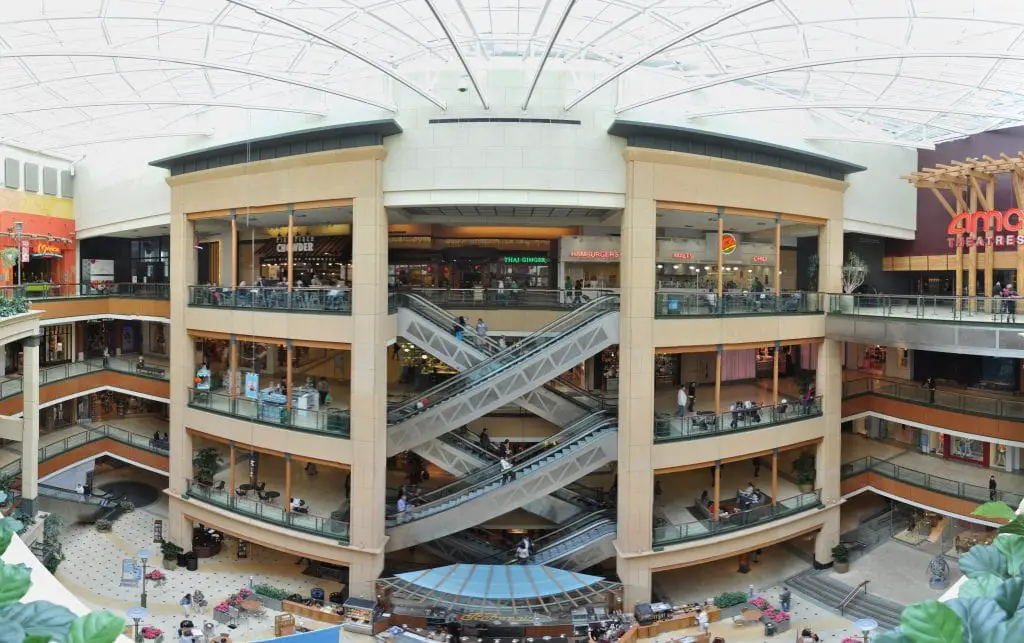
Over the years, the mall has worked hard to rebuild its image, focusing on community engagement and ethical business practices. While the scandal is now primarily a thing of the past, it serves as a reminder of the challenges of managing a large commercial property, particularly one that plays such a significant role in the community.
Ownership and Management Changes
In 2014, a significant shift occurred when Pacific Place was sold for $271 million to Madison Marquette, a Washington, D.C.-based commercial real estate company. This change in ownership marked the beginning of a new era for the mall, one filled with both opportunities and challenges. Madison Marquette had big plans for Pacific Place, including renovations to revitalize the aging shopping center.
After two years, Madison Marquette finalized the acquisition of the parking structure at Pacific Place from the city of Seattle at $87 million. This acquisition was part of a broader strategy to control more aspects of the mall’s operations and to make it more appealing to potential tenants. The new ownership seemed committed to turning the mall’s fortunes around, investing in physical infrastructure marketing and tenant relations.
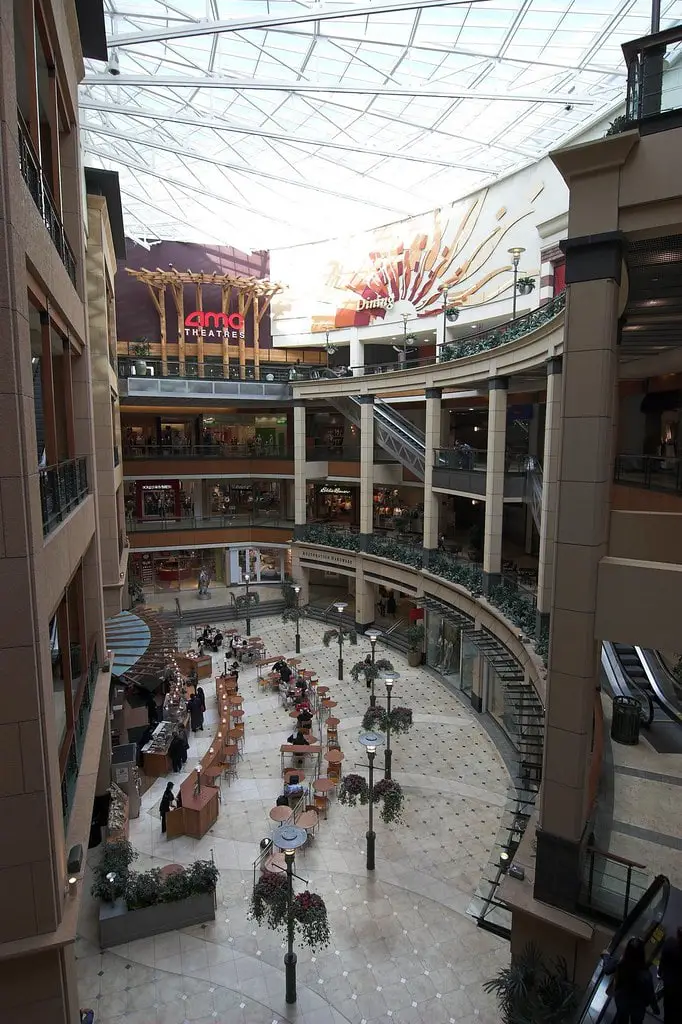
However, not all changes were met with enthusiasm. In 2017, a redevelopment plan was announced to expand shop space and remodel the common areas. This project took over two years and was met with mixed reviews. While some appreciated the modernized look and feel, others felt the mall had lost some of its original charm.
The mall reopened in June 2020, but the timing could not have been worse. The COVID-19 pandemic had already taken a severe toll on retail, and Pacific Place struggled to attract tenants and customers. Despite these challenges, the mall’s management remained optimistic, continually adapting their strategies to meet the needs of a changing retail environment.
Current Tenants and Their Role
Fast forward to 2023, and Pacific Place is home to a diverse range of tenants, from Amazon Locker and Chase Bank to more specialized stores like Bezel & Kiln and HaiDiLao Hot Pot Seattle. This mix of tenants reflects the mall’s strategy to cater to a broad audience, offering practical services and unique shopping experiences.
Fashion and lifestyle brands like Lululemon and Tiffany & Co. add a touch of luxury. At the same time, food outlets like Din Tai Fung and Pike Place Chowder offer a culinary experience beyond the typical mall food court. The presence of these tenants is a testament to the mall’s enduring appeal despite its challenges over the years.
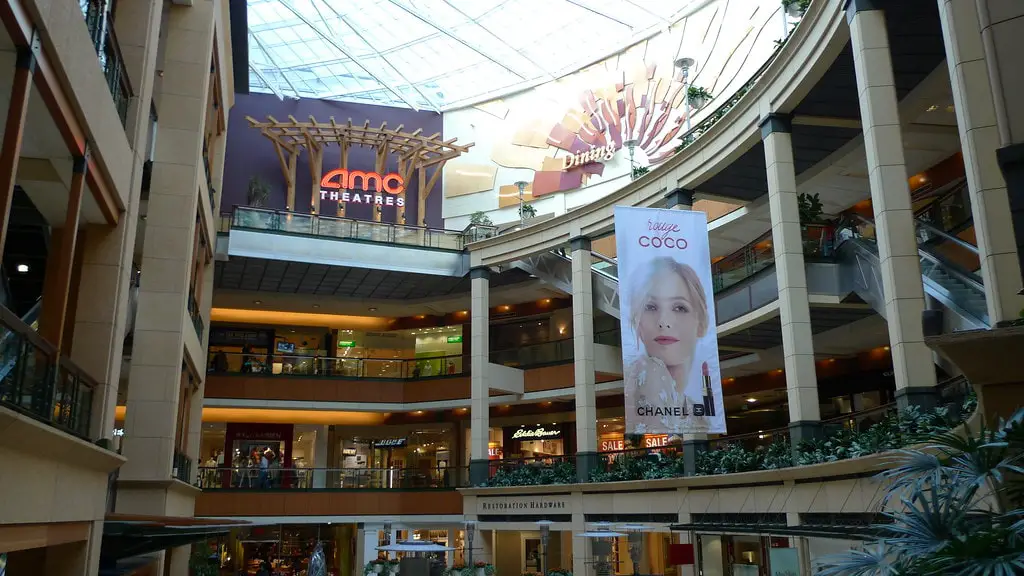
Interestingly, the mall has also become a platform for smaller businesses and non-profits. During 2021, various small retail outlets and artistic non-profit organizations took advantage of empty storefronts to conduct commercial and creative endeavors. This initiative fills empty storefronts and adds a layer of community engagement, making the mall more than just a shopping destination.
Events and Community Engagement
Pacific Place has always been more than just a shopping center; it’s a community hub that hosts various events throughout the year. From “Back to School at Pacific Place” to fundraisers like “The Island of Maui Needs Our Help,” the mall aims to offer something for everyone. These events serve multiple purposes: they attract foot traffic, engage the community, and offer tenants additional exposure.
One of the more innovative initiatives is the “Pop-Up and Grow” program. This initiative allows for temporary pop-up stores, art exhibits, and even seasonal kiosks to set up shop in the mall. It’s a win-win situation: small businesses can showcase their products in a high-traffic area, and the mall benefits from the added variety and excitement these pop-ups bring.

While these events and programs are a step in the right direction, they also highlight the mall’s ongoing struggle to define its identity. Is it a traditional shopping center, a community space, or a hybrid of the two? The answer may lie in its ability to adapt and innovate, to find new ways to engage with a community that has changed over the years.
The mall’s management seems to understand this, continually experimenting with new events and partnerships. The goal is clear: to create a space that is not just commercially successful but also meaningful to the people who visit it. In a world where physical retail spaces are increasingly competing with online platforms, this focus on community engagement may be the key to Pacific Place’s long-term success.
The Future and Current Trends
Despite the challenges, there’s a glimmer of hope for Pacific Place. According to a report from December 2022, the mall is experiencing double-digit year-over-year growth and is getting close to pre-pandemic activity levels. This is a promising sign, suggesting that the mall’s efforts to adapt and innovate are paying off.
The mall’s future strategies include a focus on experiential marketing and “out-of-the-box” ideas. Gone are the days when a mall could survive solely as a retail destination; today, it needs to offer experiences that can’t be replicated online. This could mean anything from virtual reality stations to cooking classes, anything that adds an extra layer of engagement.
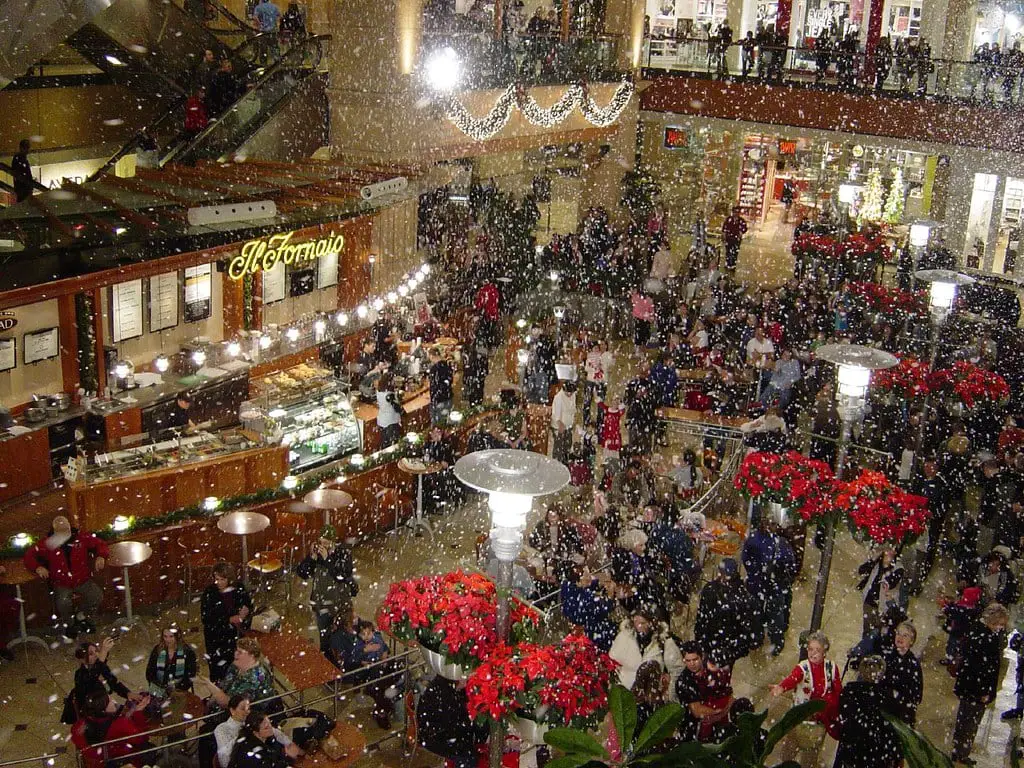
However, the mall’s future is not set in stone. The retail landscape continually evolves, and Pacific Place must adapt to stay relevant. This will require a delicate balancing act, as the mall seeks to attract new tenants and customers while retaining its existing base.
In conclusion, Pacific Place Mall is at a critical juncture. Its history is a rollercoaster of highs and lows, successes and failures. But if the recent trends indicate, this iconic Seattle landmark may be on the path to a much-needed revival. Only time will tell if it succeeds, but one thing is sure: Pacific Place is not going down without a fight.
Conclusion
Pacific Place has had a tumultuous journey marked by periods of success, challenges, and transformations. Its story is an example of the broader trends affecting retail spaces nationwide. Yet, despite the obstacles, the mall has shown a remarkable ability to adapt and evolve.
The mall’s current initiatives, from its diverse tenant mix to community engagement programs, reflect a broader strategy to stay relevant in a changing world. While the road ahead is uncertain, Pacific Place has the potential to survive and thrive, serving as a model for other malls facing similar challenges.
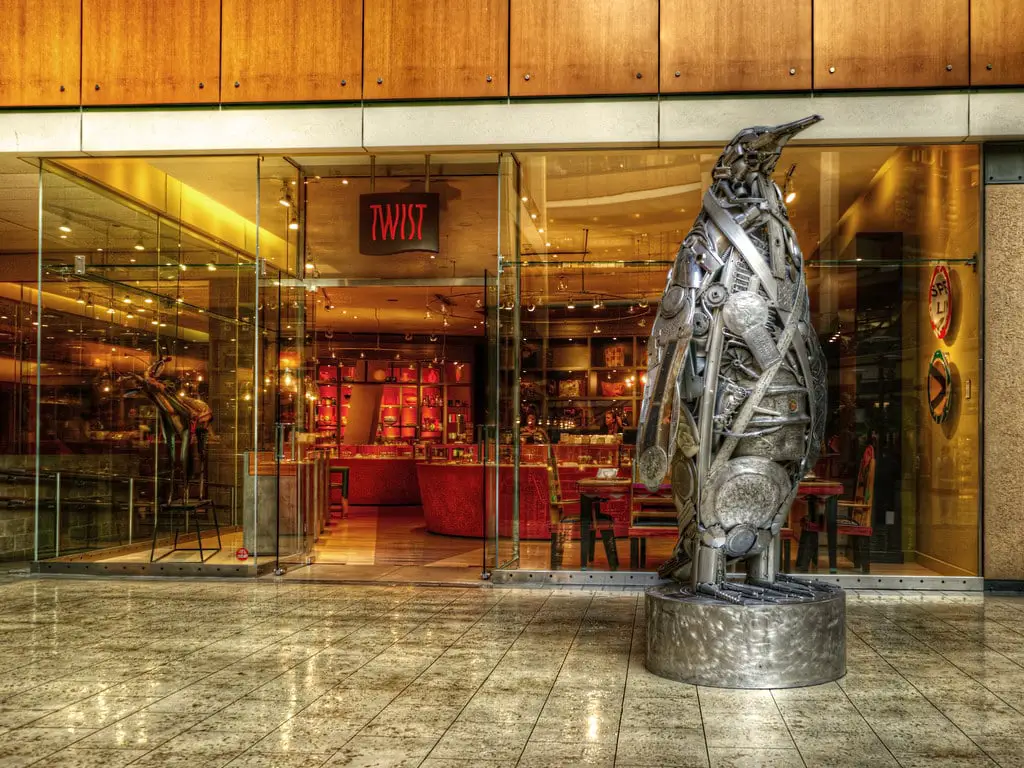
Ultimately, Pacific Place is more than just a mall; it’s a part of Seattle’s social and cultural fabric. Its future will depend on its ability to continue evolving to find new ways to engage with a community that has changed over the years. And in this endeavor, it’s not alone; it’s a journey that many malls across the country are embarking on, each with its challenges and opportunities.
So, the next time you find yourself at Pacific Place, take a moment to appreciate its rich history and its ongoing efforts to adapt and innovate. Because in a world of constant change, the ability to evolve is perhaps the most valuable asset.
